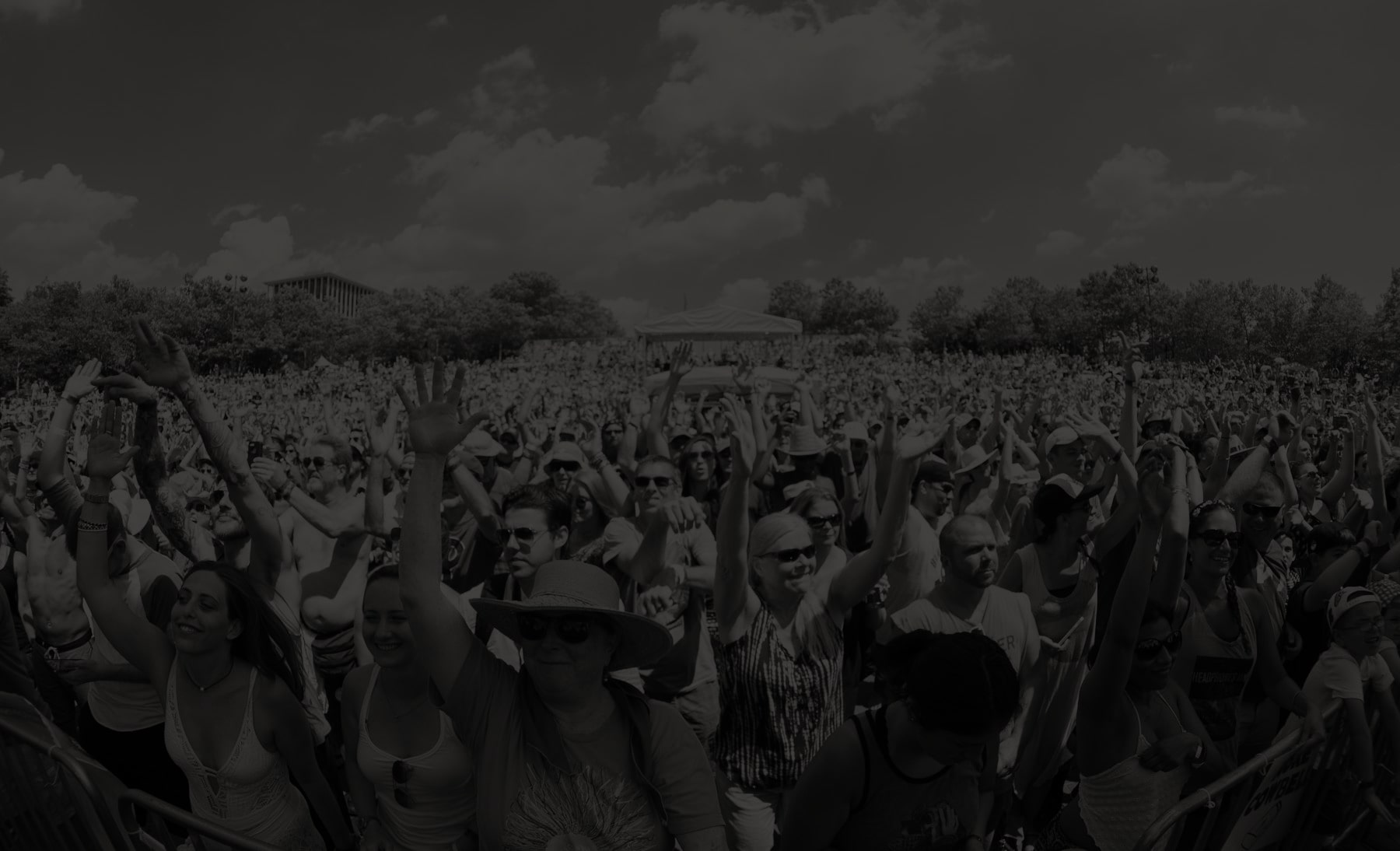
New documentary highlights NYC recording space BC studio, making its Philly debut at PhilaMOCA
Back in the early ‘80s in New York, the early hip-hop scene was evolving in the Bronx while no wave and experimental jazz groups were making noise in the East Village. But the only place where those two disparate worlds met was in the labyrinthine basement of an old factory building along the Gowanus Canal in Brooklyn. For more than thirty years, this space has been the home of BC Studio, where producer Martin Bisi has charted the evolution of NYC’s underground music scene(s), recording such disparate artists as Sonic Youth, Afrika Bambaataa, Swans, Cop Shoot Cop, Herbie Hancock, John Zorn, and Helmet.
The space is the subject of a new documentary, Sound and Chaos: The Story of BC Studio, which will have its Philadelphia premiere on Monday at PhilaMOCA. The screening will be followed by a Q&A and liver performance by Bisi.
Bisi co-founded the studio with bassist/producer Bill Laswell in 1980 as a home for Laswell’s amorphous band/project/production team Material, with funds contributed by Brian Eno. It has since become a destination for artists of a more experimental bent and can be found in the credits for albums that would seem to have nothing else in common other than Bisi’s presence – Herbie Hancock’s “Rockit,” Sonic Youth’s Bad Moon Rising and Evol, Naked City’s Torture Garden, and most of Swans’ best work.
“I don’t turn down any opportunity to talk about what I do or what I have done,” says Bisi about agreeing to the documentary. “A lot of musicians have an entrenched taboo about self-promotion. Fame is sort of a bad word for artists, but unless I’m a little more famous than I was three weeks ago, then I’m not having a career.”
Directors Sara Leavitt and Ryan C. Douglass were working on short internet videos and in the market for a longer project when they met Bisi through a mutual friend. “When we heard about all the stuff that had happened at his studio and all the albums that had been recorded there, it seemed like a good story,” Leavitt explains.
Many of the artists who have recorded in the studio over the years are interviewed for the film, including Laswell and members of Sonic Youth, Dresden Dolls, Swans, and Foetus. But more than the history of a single studio, Bisi insists, “This is a story about New York City. I feel very passionate about New York City and believe that it has an amazing chemistry for a lot of complex reasons. I’ve been saying for a decade and a half that it takes more to break New York City than closing down a punk rock bar on Bowery.”
That last remark, of course, refers to the shuttering of the legendary CBGB, the proving ground for many of the bands that would record at BC Studio (not to mention go on to be the most influential artists in punk and new wave) in its early years. CBGB has been closed since 2006, and now Bisi, who lives as well as works in his studio, is facing his own threats. Gentrification has finally found its way to Gowanus, as the film documents via the opening of a new Whole Foods nearby late last year.
“Gowanus had always been this industrial neighborhood that got kind of overlooked and was still affordable,” Leavitt says. “It seemed important to show what disappears when all this luxury development was about to descend on it. I live in Brooklyn and it changes at such a crazy space that it looks different now than when we were shooting a year ago.”
Bisi shakes his head at the impact that Whole Foods has had on his longtime neighborhood. “I was just amazed at how excited people could get for a grocery store,” he says. “What is this culture? I’ve always felt pretty secure here, but I’m more in danger now than I’ve ever been. The neighborhood has been crawling with developers trying to see what they can snap up. I feel justified and emboldened on a political level to take action because this is not organic change.”
A few years ago, Bisi penned a blog post lamenting the changing attitudes toward the recording process, predicting that the increase of home recording and digital technology might force him to leave the business and even give up his space. He’s been reassured since then by the attention paid to the studio by the filmmakers and by younger artists who’ve approached him to record there.
“There are still enough people who get excited about playing a space like this and even respond to the history of it,” he says. “I don’t want to sound like an old granddaddy, but these are long-standing art forms that have a history and a canon, and there’s young people who are aware of that. So there’s a renewed excitement and feeling I have for the studio in accordance with that.”